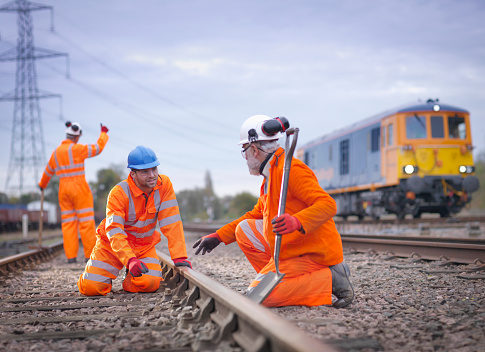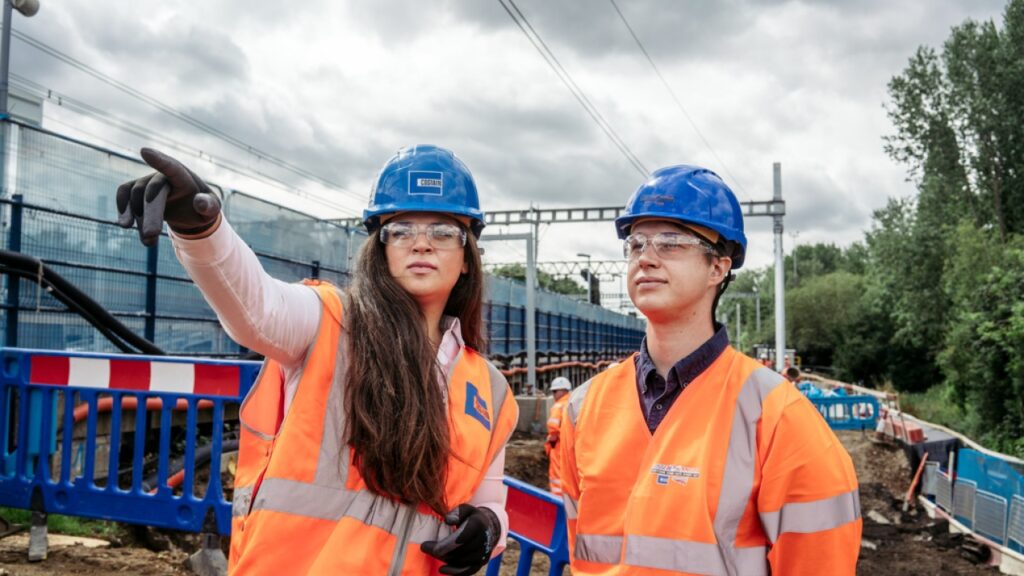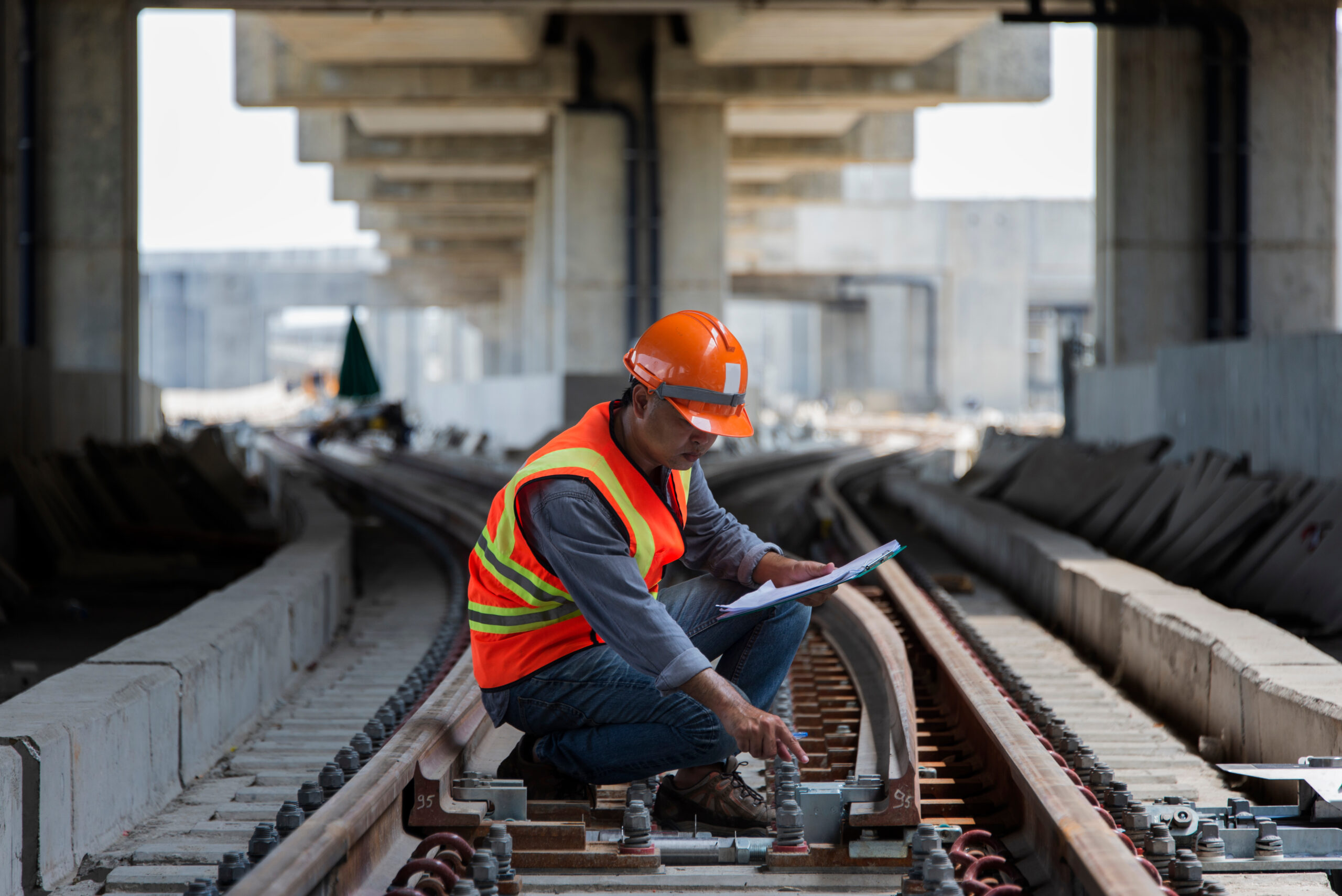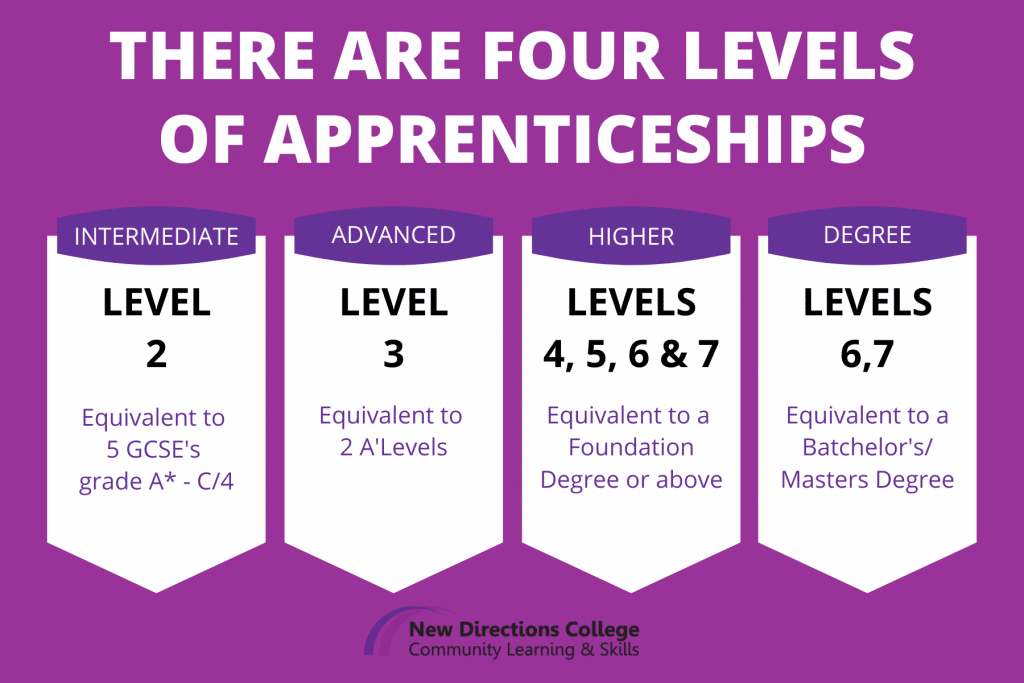
If you wish to start a rewarding and ambitious career with a unique culture, and an international work environment then the Level 2 Seafarer Apprenticeship could be for you.
Whether used to transport cargo, equipment, passengers or crew, this career can be found on a variety of specialised vessels, both commercial and military.
A Seafarer works as part of the navigation department to keep watch, maintain safety and security as well as carrying out a range of other practical tasks.
Seafarers are employed in the Merchant Navy and the Royal Navy, and the vessels they work on vary widely in size, type and purpose. For example, vessels may operate close to the coast, such as certain ferries and patrol boats. Other ships, such as container ships and aircraft carriers, operate in deep waters around the world. Therefore, the duties of seafarers vary from ship to ship. Seafarers can expect different shift patterns on 24-hour shifts, which means night work is common. Many people expect to live on their boats for a long time. Seafarers usually work on their ships as part of a navigation or deck crew.
Seafarer regulations are set by the International Maritime Organisation (IMO) and are known as the International Convention on Standards of Training, Certification and Watchkeeping (STCW) and are put into effect in the UK by the Maritime and Coastguard Agency (MCA).
Passing this apprenticeship, including the mandatory qualifications and certification required, means the seafarer will be able to work on board any type and size of vessel in any part of the world.
Jobs and entry criteria for the level 2 Seafarer Apprenticeship
The Seafarer apprenticeship has strict medical requirements that may halt progression these include:
- Difficulty communicating by radio or Telephone
- Eyesight or colour vision that does not meet standards
- Conditions that limit mobility and stamina
- Severe deafness
There may also be more selection criteria by each individual employer.
Apprentices without Level 1 in English and Maths must achieve this level before starting the apprenticeship. Apprentices without Level 2 in English and Maths must complete this level of testing before they reach their end point assessment. For those with an education, health and care plan or a legacy statement, the minimum English and math education requirement is Entry Level 3. For those whose primary language is BSL, a British Sign Language (BSL) qualification is an alternative to an English qualification.
Key responsibilities of a Seafarer Apprentice
Staff in this occupation are responsible for contributing to the overall safe and efficient operation of the vessel. A seafarer performs a watch-keeping duties; maintains the security and safety of the vessel, cargo and persons on board. Seafarers perform a range of practical seafarer duties involving rope work, anchoring and mooring activities and operations. They must comply with safe and environmentally responsible work practices and international regulations and will also have a range of safety responsibilities. Seafarers must work safely at heights and enclosed spaces and respond to shipboard emergencies; provide first aid; perform fire prevention and firefighting duties; use survival techniques in the water; and operate survival craft and lifeboats.

Level 2 Seafarer Core Competencies
- Take emergency action on board a vessel for a broad range of emergency maritime situations.
- Contribute to maintaining a navigational watch.
- Maintain steelwork and deck equipment on board a vessel.
- Contribute to vessel mooring, anchoring and securing operations.
- Maintain personal health, safety and environmental standards on board a vessel.
- Contribute to vessel deck operations.
- Take control of survival craft and rescue boats.
- Operate within an organisation’s policy for the workplace.
Seafarer knowledge modules and vendor exams
Knowledge
K1: Health and Safety policies that set out safe working practices.
K2: The range of onboard equipment and their applications (for instance ropes, access and lifting gear).
K3: The procedures for maintaining different types of vessel equipment (for instance ropes, access and lifting gear).
K4: The role of the helmsman in supporting safe navigation of the vessel.
K5: The role of bridge lookout in supporting safe navigation of the vessel.
K6: Vessel anchoring procedures.
K7: How different vessel designs influence mooring configurations.
K8: The procedures for working at height in accordance with organisational requirements.
K9: How risk assessments and permits to work help ensure a safe working environment.
K10: How to respond to security issues in accordance with regulation and own organisation’s policies.
K11: How to respond in the event of an emergency and the associated duties involved, including use of both fixed and portable installations (Fire Fighting Appliances) and Life Saving Appliances (LSA).
K12: The factors that impact vessel manoeuvrability.
K13: How the use of propulsion and steering systems varies in different tidal, fluvial and sea-going conditions including poor weather.
K14: Vessel cargo loading principles.
K15: The controls in place to ensure risks are managed when loading cargo.
K16: The principles of vessel navigation and the systems used.
K17: The types and purpose of navigational aids.
K18: A range of communication methods.
K19: The required communication procedures for shipboard operations. (e.g. flags)
K20: The importance of following a maintenance plan in regard to deck machinery and fittings to affect ship stability.
K21: Factors that affect seaworthiness and survivability.
K22: Procedures and regulations for preventing pollution of the marine environment.
K23: Legislation and organisational policies for equality and diversity in the workplace.
K24: How own role & the vessels they work on contribute to the organisation’s overall objectives.
Skills
S1: Create/adapt access to/egress from the vessel that is needed for the situation, and within the limits of own responsibilities. For example, access to vehicle decks or walkways.
S2: Respond to all emergency and security situations on board in line with assigned duties.
S3: Assist with deployment and operations of emergency equipment applicable to the situation.
S4: Operate firefighting equipment appropriate to the situation and in accordance with procedures.
S5: Administer the right emergency first aid that is applicable to the situation.
S6: Assist with the safe handling of a vessel in a high traffic density environment in tidal and non-tidal conditions including in ports, locks and in the vicinity of obstructions and other fixed infrastructure.
S7: Assist with bridge look-out duties in line with organisational procedures whilst complying with industry regulations.
S8: Determine which deck operations to prioritise, to meet operational objectives, while maintaining safe practice.
S9: Maintain vessels in a safe and seaworthy condition in accordance with regulations and procedures. Assist with maintaining vessel machinery (including deck equipment) in full operational condition.
S10: Work as part of a team in order to achieve operational goals.
S11: Identify and follow organisational/industry procedures and working practices.
S12: Identify and report risks in accordance with own organisation’s procedures.
S13: Select the appropriate communication method needed for the situation and the audience.
S14: Use appropriate mooring configurations and equipment in relation to the prevailing tidal, weather conditions and vessel design characteristics.
S15: Execute anchoring procedure as instructed.
S16: Minimise risks to marine pollution within limits of own operational responsibilities.
Behaviours
B1: Self-motivated with the ability to work independently and with integrity.
B2: Takes personal responsibility for their actions.
B3: Enable their own professional development, seeking opportunities to enhance their knowledge, skills and experience.
B4: Calm and effective under pressure.
B5: Promotes safety culture and best practices within own organisation.
B6: Promotes protection of the marine environment from pollution.
B7: Practices equality and diversity in accordance with organisational requirements.
Other mandatory qualifications
Award in Maritime Studies: Deck Rating – SQA Code GC6K 62 – Level: 2
Certificate in Maritime Studies: Able Seafarer (Deck) – SQA Code GK54 54 – Level: 2
STCW Personal Survival Techniques – Level: 2
STCW Basic Firefighting and Fire prevention – Level: 2
STCW Elementary first aid – Level: 2
STCW Proficiency in security awareness – Level: 2
STCW Personal safety and social responsibility – Level: 2
MNTB Entry into Enclosed Spaces – Level: 2
MCA approved Steering Certificate – Level: 2
Proficiency in Survival Craft and Rescue Boats Certificate – Level: 2
Proficiency in Designated Security Duties – Level: 2
MCA approved Navigational Watch Rating Certificate (including 2 months statutory sea time) – Level: 2
MCA approved Efficient Deck Hand (EDH) Certificate (including 6 months statutory sea time) – Level: 2
Conclusion
The general purpose of this profession is to assist the vessel when it reaches its destination or accomplishes some other objective, such as unloading, according to the requirements set by the ships master. Seafarers do this by performing various onboard operations and inspections, which are often physically demanding. A seafarers work is key to ensuring the vessel achieves its goals. Even during breaks, seafarers have a responsibility to respond appropriately to emergencies to ensure the safety of the ship and those on board.
If this sounds like the career for you. Apprentice Now can help get you on the right path to the career of you dream.







